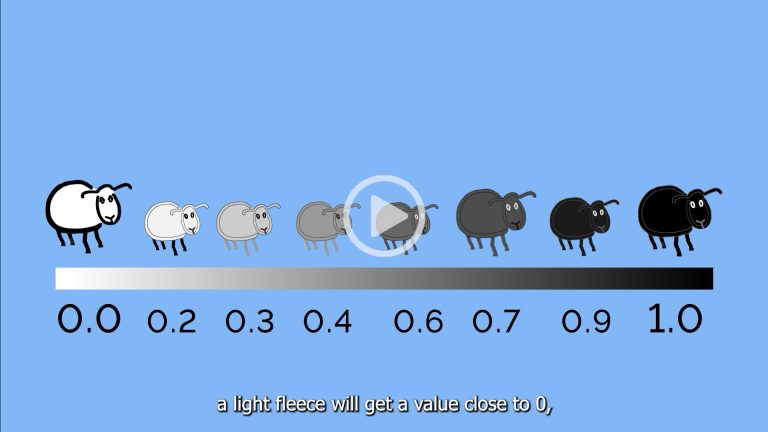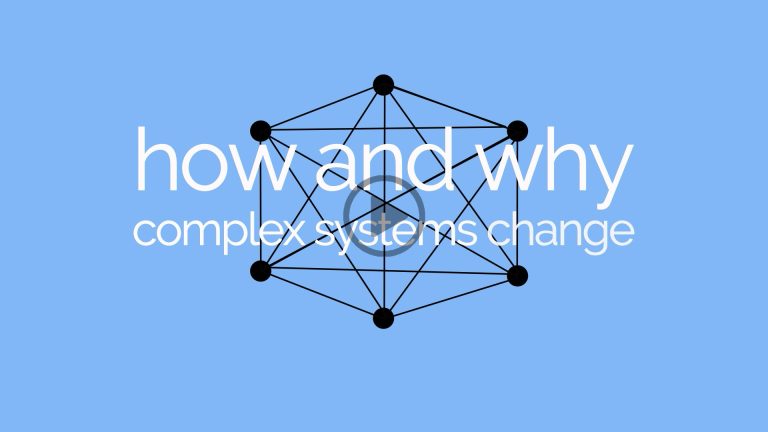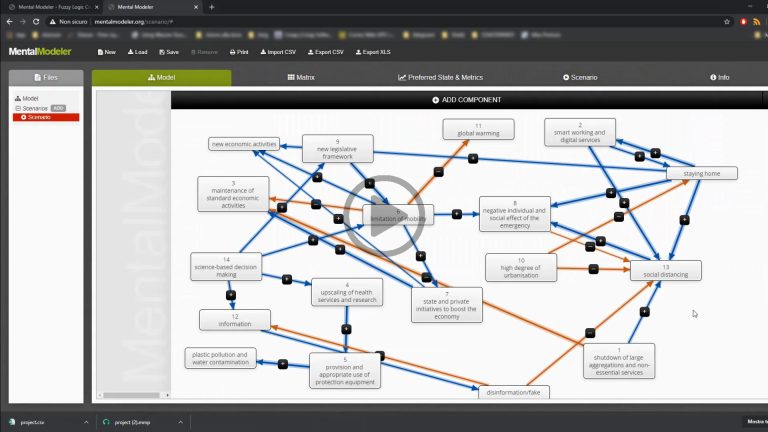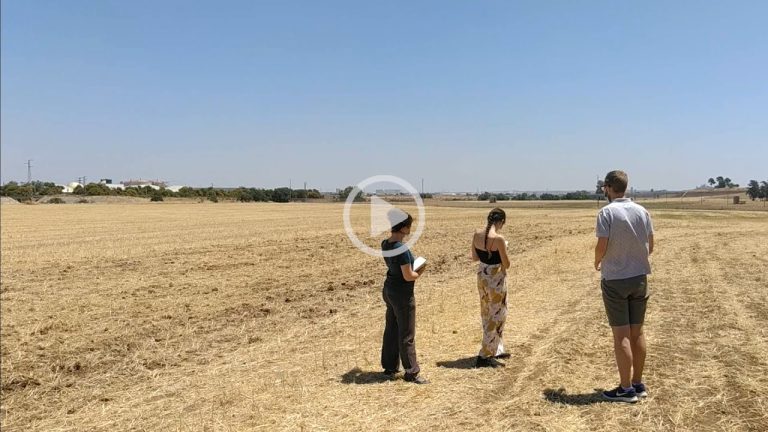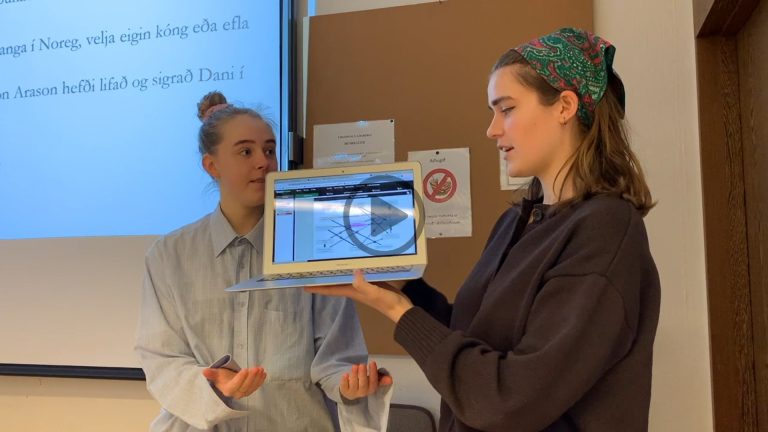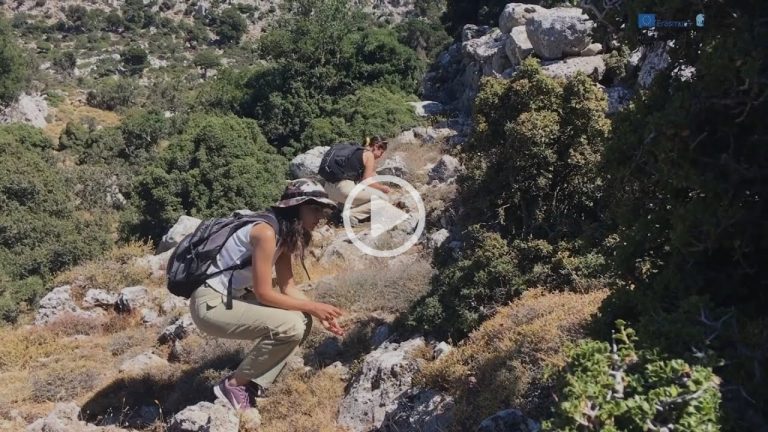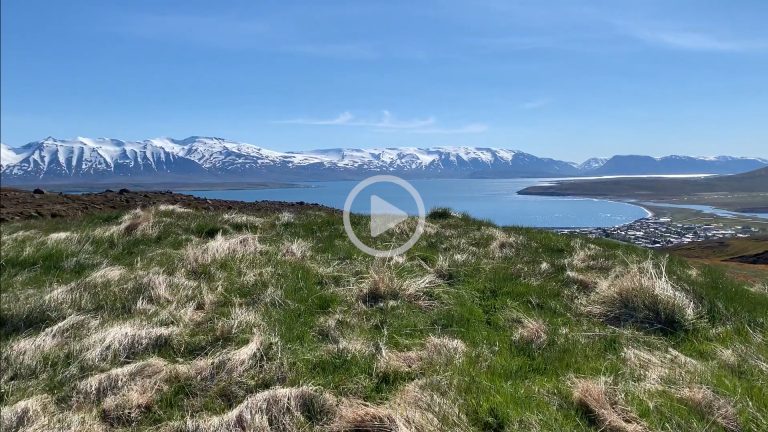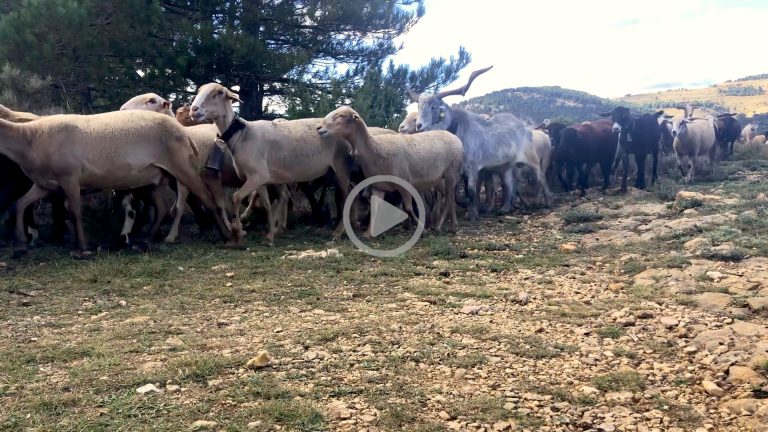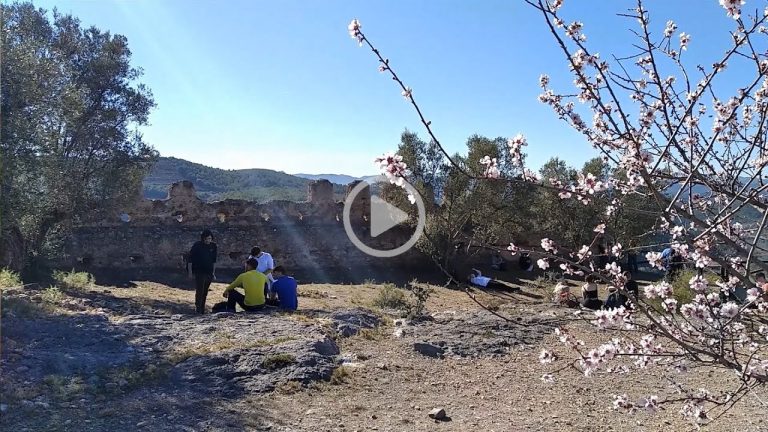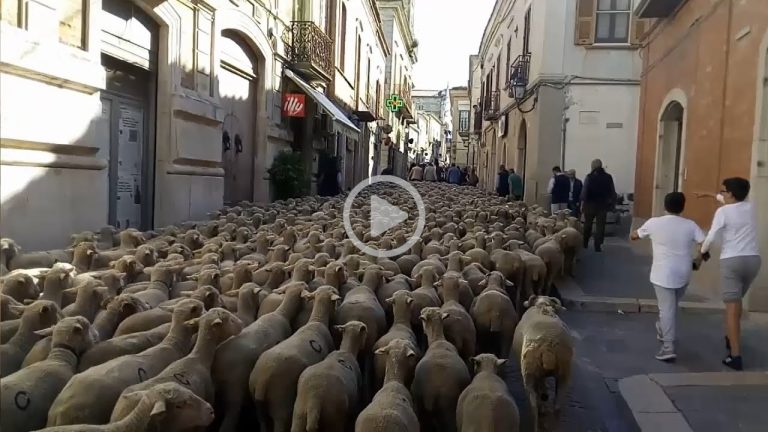O2. Educational videos
Fuzzy logic
This video introduces the concept of “fuzzy logic” and the basics of Fuzzy Cognitive Mapping.
This video introduces the concept of “fuzzy logic” and the basics of Fuzzy Cognitive Mapping.
(Video length: 5’34”. Author: University of Newcastle. Language: English w/ subtitles)
See also:
– Principles of Fuzzy Cognitive Mapping and example of application
Fuzzy cognitive mapping: principles and applications
These videos show the principles and possible applications of Fuzzy Cognitive Mapping.
This short video introduces the concept and use of Fuzzy Cognitive Maps.
(Video length: 1’56”. Author: U-Space srl. Language: English)
Learn more:
– Principles of Fuzzy Cognitive Mapping and example of application
This video introduces the concept and use of Fuzzy Cognitive Mapping and shows one of its possible applications in a professional environment.
In this case, we simulated a participatory planning meeting aimed at the definition of a strategy for the protection of a nature reserve in Italy.
(Video length: 9’30”. Author: U-Space srl. Language: Italian w/ English subtitles)
See also:
– Steps of Fuzzy Cognitive Mapping
– Example of application of Fuzzy Cognitive Mapping (#1)
– Example of application of Fuzzy Cognitive Mapping (#2)
This video explains how Fuzzy Cognitive Mapping enables to investigate complex systems, their internal dynamics, and their evolution.
(Video length: 5’25”. Author: University of Newcastle. Language: English w/ subtitles)
See also:
– Principles of Fuzzy Cognitive Mapping
– Principles of Fuzzy Cognitive Mapping and example of application
This video is a short summary of the first exercise undertaken by the PECUS teaching staff to familiarise with the Fuzzy Cognitive Mapping method: from idea generation, to clustering of factors, mapping, and scenario setting. The Coronavirus outbreak, which all participants knew very well, provided a perfect common ground for getting familiar with the tool.
(Video length: 1’11”. Author: U-Space srl. Language: English)
Learn more:
– Principles of Fuzzy Cognitive Mapping
– Principles of Fuzzy Cognitive Mapping and example of application
This video shows an application of Fuzzy Cognitive Mapping in a higher education context. FCM was used to familiarize master students with the complex factors affecting the decision making processes of prehistoric populations, to strengthen collaborative work, represent abstract concepts and testing their working hypotheses.
(Video length: 5’34”. Author: National and Kapodistrian University of Athens. Language: English, Greek w/ English subtitles)
See also:
– Opinions on Fuzzy Cognitive Mapping by Greek students
– Example of application of Fuzzy Cognitive Mapping (#2)
This video shows an application of Fuzzy Cognitive Mapping in a higher education context. FCM was used to discuss the factors causing environmental impacts within the management of a sheep farm, and the possible benefits of the application of an environmental management system according to ISO 14001.
(Video length: 7’21”. Author: Universidad Pablo de Olavide. Language: Spanish)
See also:
– Example of application of Fuzzy Cognitive Mapping (#1)
This video shows an application of Fuzzy Cognitive Mapping in a higher education context. FCM was used to discuss the factors causing environmental impacts within the management of a sheep farm, and the possible benefits of the application of an environmental management system according to ISO 14001.
(Video length: 5’17”. Author: Universidad Pablo de Olavide. Language: Spanish)
See also:
– Example of application of Fuzzy Cognitive Mapping (#1)
This video shows an application of Fuzzy Cognitive Mapping in a higher education context. FCM was used to discuss what-if scenarios starting from crucial events in Icelandic history leading to relevant societal transformations including in agriculture and transhumance practices.
(Video length: 5’26”. Author: University of Iceland. Language: English)
See also:
– Example of application of Fuzzy Cognitive Mapping (#1)
Fuzzy cognitive mapping: opinions
This video features short interviews with Greek students telling about their experience with the use of Fuzzy Cognitive Mapping.
This video features short interviews with Greek students telling about their experience with the use of Fuzzy Cognitive Mapping in a higher eductional environment.
(Video length: 2’30”. Author: National and Kapodistrian University of Athens. Language: Greek w/ English subtitles)
See also:
– Example of application of Fuzzy Cognitive Mapping (#1)
– Example of application of Fuzzy Cognitive Mapping (#2)
Teachers and students from the University of Newcastle express their opinions on the use of Fuzzy Cognitive Mapping in higher education.
(Video length: 8’14”. Author: University of Newcastle. Language: English)
See also:
– Example of application of Fuzzy Cognitive Mapping (#1)
– Example of application of Fuzzy Cognitive Mapping (#2)
PECUS partners' field activities
These videos show field activities by the PECUS partners.
This video shows archaeologists from the University of Iceland working in Svarfaðardalur valley in Northern Iceland within a research on Medieval farming structures.
(Video length: 7’22”. Author: University of Iceland. Language: English)
See also:
In this video, students from the Catholic University of Valencia accompany one of the few shepherds still practicing seasonal transhumance in Spain.
The video briefly explains the climatic and economic reasons of transhumance, and how it is practiced today.
(Video length: 3’23”. Author: Universidad Católica de Valencia. Language: Spanish)
See also:
– Archaeological fieldwork in Northern Iceland
Other videos
Other videos created by PECUS for communication and dissemination purposes.
In February 2022, a group of 48 international higher education students participated in an interdisciplinary workshop hosted by the Catholic University of Valencia.
Students worked in small interdisciplinary groups using the Fuzzy Cognitive Mapping approach applied to the topic of conservation of European landscapes and practices of pastoralism and transhumance.
(Video length: 1’19”. Author: U-Space srl)
This video gives a glimpse of the 2018 summer displacement of a flock of around 3,000 sheep in northern Apulia, Italy.
Besides the more familiar old trails between the fields, the flock must cope with asphalt roads and urban environments before reaching the desired highland pasture!
(Video length: 17″. Author: U-Space srl)


